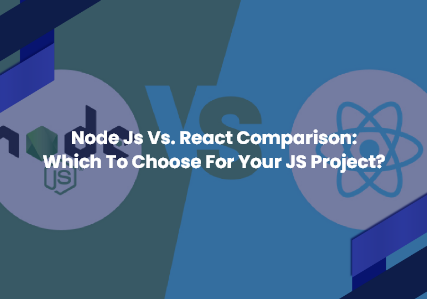What is Scrum Framework and Methodology? How Does It Work?
Scrum is an agile software development approach based on incremental and iterative methods for managing software development projects. Scrum, an agile software development approach, is commonly misunderstood as a methodology; instead, think of Scrum as an approach to managing a process. Agile is a mindset or an attitude, whereas it is a structure for getting things done. Scrum is an agile system intended to offer value to the client throughout the project’s development. It is adaptable, rapid, flexible, and effective.
Scrum is a framework that permits a team to handle complicated challenges and develop high-quality, productive, and innovative solutions. Scrum’s primary goal is to meet the customer’s needs by fostering a culture of open communication, shared ownership, and continuous improvement.
Scrum Framework
Scrum is frequently misunderstood as an agile technique due to its continuous improvement similarities. A scrum is a heuristic approach for dealing with unpredictability and addressing complex issues that replace a programmed algorithmic technique with respect for people and self-organization. Scrum is a heuristic framework that is centered on continual learning and improvement. The Scrum is designed to let teams adapt to changing conditions and user requirements naturally, modifying the process’s priorities and short release cycles to ensure that your team is constantly learning and improving.
Scrum is well-structured, yet it isn’t strict in its implementation. The working of Scrum Framework and deployment can be tailored to the specific demands of any organization. Scrum begins with a broad vision of what needs to be developed. Followed by creating a product backlog, that is, a list of features arranged by priority that the product owner wishes to achieve—similarly, several beliefs regarding how scrum teams should function to be compelling. Whatever framework you use for Scrum Development, effective communication, transparency, and continuous improvement must always be forefront.
Scrum Methodologies
Scrum project management methodology emphasizes incremental progress. The agile concept and the scrum framework are combined in this framework. Agile stands for “incremental,” suggesting that teams can work on projects in small chunks. A scrum is an agile approach that breaks tasks down into manageable parts known as “sprints.” The agile scrum methodology is ideal for companies who need to complete projects fast. Companies of all sizes employ the agile scrum methodology because of its ability to provide high-end cooperation and productivity for project-based work.
Agile and Scrum are two distinct methodologies that can be utilized separately; nevertheless, the agile scrum methodology is the most popular usage of agile due to its combined benefits. The beginning point for the agile approach is a collection of objectives/requirements that make up the project plan. The project’s client prioritizes these goals based on a balance of value and cost; iterations and subsequent delivery are determined.
Scrum technique is mainly utilized in software development, but other industries are reaping the benefits by incorporating it into their organizational models, such as sales, marketing, and HR departments. On the one hand, the market wants quality, speed, and low prices, necessitating a company’s agility and flexibility in product development to achieve short development cycles that may match client demand without compromising the quality of the end product. It’s a simple practice to execute, and it’s well likely to produces speedy results.
Scrum Methodology working can be explained by short, periodic blocks called Sprints, which generally last between two and four weeks and are used for feedback and reflection. Each Sprint is a self-contained unit, delivering a complete result, a variant of the end product, that must be supplied to the client with the least amount of work possible when requested.
How does it work?
Scrum is a software development process. Working pushes for a sprint planning meeting at the start of each iteration; with team members determining how many items they can commit to. Then creating a sprint backlog to build the essential features first and emerge with a possibly deliverable product. In successive sprints, more features are added to the product; which is then tweaked depending on stakeholder and consumer feedback in between sprints.
The Scrum Framework aims at delivering several versions of a product to stakeholders in the shortest amount of time possible. The Scrum teams uses a small set of components from concept to developed and tested functionality during an agile Scrum sprint. These features are completed at the end; which means they have been coded, tested, and integrated into the evolving product or system. All team members, including the Scrum master and the product owner, should attend a daily Scrum meeting each day of the Sprint.
According to the Scrum paradigm, daily scrums are a mechanism for team members to synchronize their work; while discussing Sprint’s work. This meeting will last only for 15 minutes. During that time, team members discuss what they accomplished the day before, what they plan to work on the next day, and any roadblocks to development.








